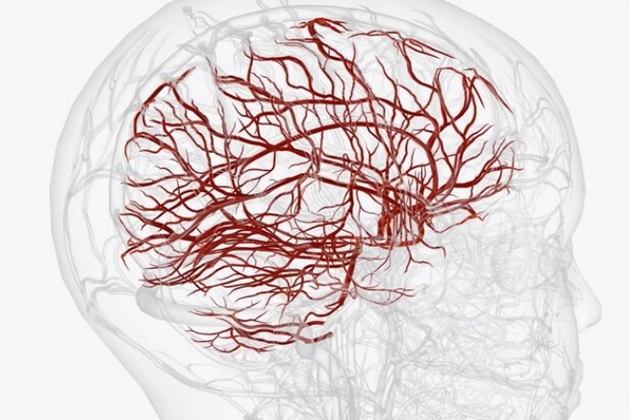Brain aneurysms are hard to find because most people don’t realize they have one until it bursts. When this happens, it can cause serious problems that change a person’s life a lot.
If you or someone you care about has had a brain aneurysm and is finding it hard to go back to work or do everyday activities, you might be able to get Social Security disability benefits.
These benefits give monthly money to help families during tough times. Before proceeding, it can be a wise choice to hire the services of SSI disability law firms.
How to Qualify for Disability Benefits?
Understanding Social Security rules can be confusing, especially after a sudden illness like a brain aneurysm. But there are two main types of benefits to know:
1. Social Security Disability Insurance (SSDI):
To get SSDI, you need to have worked and paid Social Security taxes long enough to earn “credits.” You can earn up to 4 credits each year based on how much you earn. The number of credits you need depends on your age and work history. For example, a 46-year-old usually needs 24 credits, which means about 8 years of work.
2. Supplemental Security Income (SSI):
SSI is for people under 18 or those who haven’t worked enough to get SSDI. It doesn’t matter how much you worked — what matters is your income. To qualify, your income must be below a certain limit ($735 per month for one person in 2017). If you’re under 18, your parents’ income is used to decide.
Some people may qualify for both SSDI and SSI.
Medical Requirements for Disability
No matter which benefit you apply for, the Social Security Administration (SSA) requires your disability to be very serious. They use a guide called the “Blue Book” to decide if your condition qualifies. Brain aneurysms fall under section 11.04, which deals with brain blood vessel problems.
To qualify, your brain aneurysm must cause one or more of these issues for at least 3 months:
- Trouble speaking or understanding speech
- Serious difficulty moving your arms or legs, like trouble standing, balancing, or using your hands
- Big problems doing physical tasks, or trouble with memory, understanding, socializing, focusing, or taking care of yourself
- You’ll need to provide medical proof like CT or MRI scans, doctor’s notes, hospital records, physical therapy reports, and lists of your medicines.
SSI as Another Option if You Don’t Qualify for SSDI
If you don’t have enough work history to qualify for SSDI, you might still be able to get Supplemental Security Income (SSI). SSI is for people who have a serious disability and very limited income or resources.
Here’s what to know if you’re applying for SSI after a brain aneurysm:
- The medical rules are the same as SSDI—you still need to prove your condition is very serious.
- Your work history doesn’t matter for SSI—just your income and financial situation.
- Where you live and who you live with can change how much money you get (for example, living rent-free might lower your benefit).
- SSI has strict limits on savings and belongings. Social Security checks this often.
- If someone else gives you food or a place to live, that can lower your benefit amount too.
If you’ve never worked or stopped working a long time ago because of health issues like a brain aneurysm or fibromyalgia, SSI might be your only option for getting disability benefits.
How to Apply for Benefits?
You can apply for SSDI on the Social Security website. The website also has answers to common questions. You can also call your local Social Security office to make an appointment or apply by phone.
SSI applications aren’t available online yet, but it’s helpful to fill out the online disability form first. You can bring this information when you apply in person or over the phone. To apply, you can also get help from a law firm for disability.










